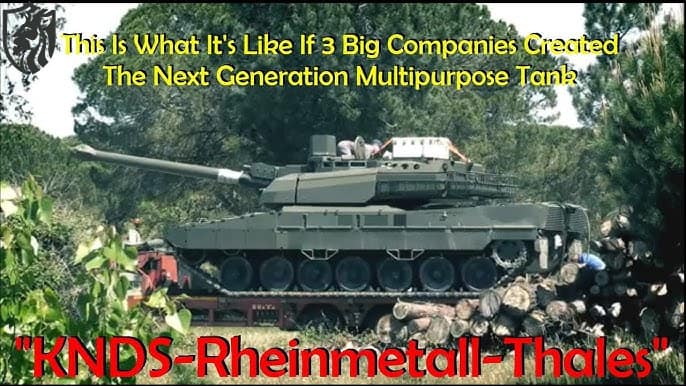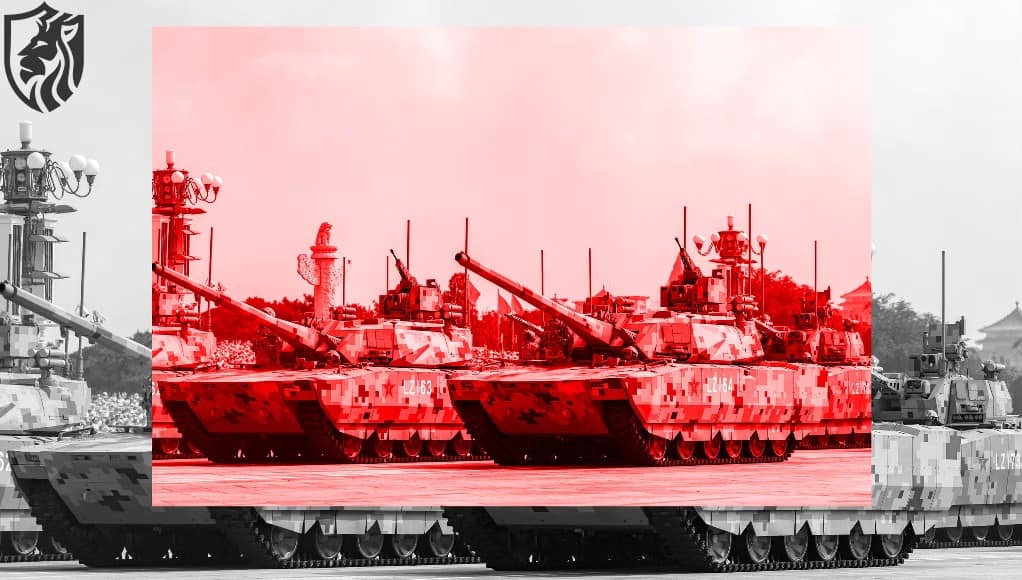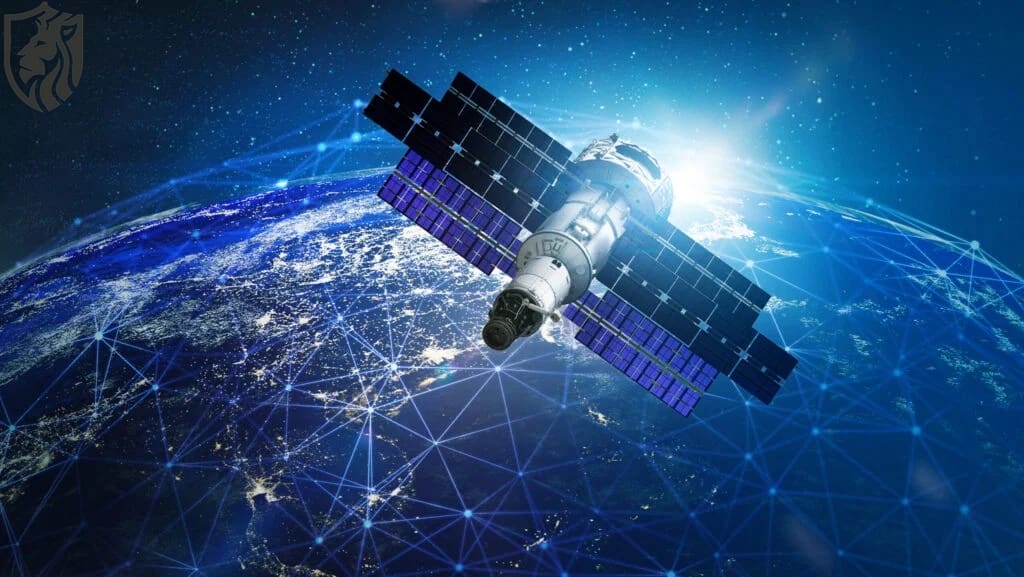
The development of the next European battle tank has made significant advancements. On January 23rd, KNDS, Rheinmetall, and Thales set up their partnership with a shareholder agreement for the Main Ground Combat System (MGCS). This joint Franco-German project intends to replace the old Leopard 2 and Leclerc tanks while boosting Europe’s defense independence.
A Joint Venture for the Future
The new project company will be based in Cologne, Germany, with each partner—KNDS Deutschland, KNDS France, Rheinmetall, and Thales—owning a 25% share. Following months of discussions, the agreement ensures balanced contributions between France and Germany, with each country getting an equal work share.

Nicolas Chamussy, CEO of KNDS France, spoke about the importance of MGCS, saying, “MGCS brings together France and Germany’s special skills in battle tanks, securing Europe’s ability for land combat systems.” While MGCS is planned to replace France’s Leclerc by 2035 and Germany’s Leopard 2 by 2040, stakeholders note that temporary upgrades will be needed for immediate requirements.
MGCS: A Vision for European Defense
The MGCS initiative is not just focused on developing a new tank; it seeks to establish a comprehensive land-combat system that includes:
- Heavy main battle tanks
- Unmanned armored vehicles
- New weapon systems
The new company organises the project around eight technological pillars and outsources specific tasks to other businesses. This teamwork guarantees a mix of skills, promoting innovation and growth.
Addressing Evolving Threats
Modern battlefields require better survival for armoured vehicles. Insights from the Ukraine situation show that drones are emerging as effective threats to tanks. In response, Rheinmetall and KNDS have presented advanced tank ideas:
- The Rheinmetall KF51 boasts an unmanned turret.
- We design the Leclerc Evolution and updates to the Leopard 2 to enhance protection and firepower.
Interim Solutions for Aging Fleets
Interim solutions are filling the gaps in capabilities as MGCS progresses. KNDS keeps making Leopard 2 tanks, winning orders from Sweden, Lithuania, and the Netherlands. Meanwhile, Rheinmetall launched an updated Challenger tank with improved armour and a 120 mm smoothbore cannon, showing its commitment to protection and power.
Expanding European Production Capacity
To meet growing demand, Rheinmetall is increasing its production capacity. Key actions include:
- Rheinmetall is establishing a new tank plant in Hungary.
- Rheinmetall has partnered with Leonardo to manufacture tanks in Italy.
Rheinmetall has proposed the establishment of a Ukrainian factory capable of producing 400 KF51 tanks annually. These initiatives highlight Rheinmetall’s flexibility and readiness to support NATO and European allies.

International Interest in MGCS
While MGCS is a Franco-German project, countries like Italy and the Netherlands have shown interest in joining. We will consider adding new partners later as the project progresses.
Challenges and Opportunities
Despite its potential, the MGCS programme faces challenges. Different national agendas and competing plans from Rheinmetall and KNDS have slowed progress. Emmanuel Chiva, head of the French armament agency DGA, recognised the difficulties in aligning contributions but emphasised MGCS’s importance for Europe’s defense self-sufficiency. Looking forward, KNDS predicts a demand for hundreds of new tanks in the next 15 years, creating a profitable chance for European defense companies.
Conclusion
The MGCS programme is an important step towards securing Europe’s future defense capabilities. By combining French and German expertise, the collaboration among KNDS, Rheinmetall, and Thales seeks to develop a next-generation battle tank that meets the changing needs of modern warfare. Challenges exist, but the project’s teamwork and new ideas make it important for European military strategy.
References
- Defence News Today. (2024). MGCS Program Updates
- KNDS France Official Statements
- Rheinmetall Innovation Reports









